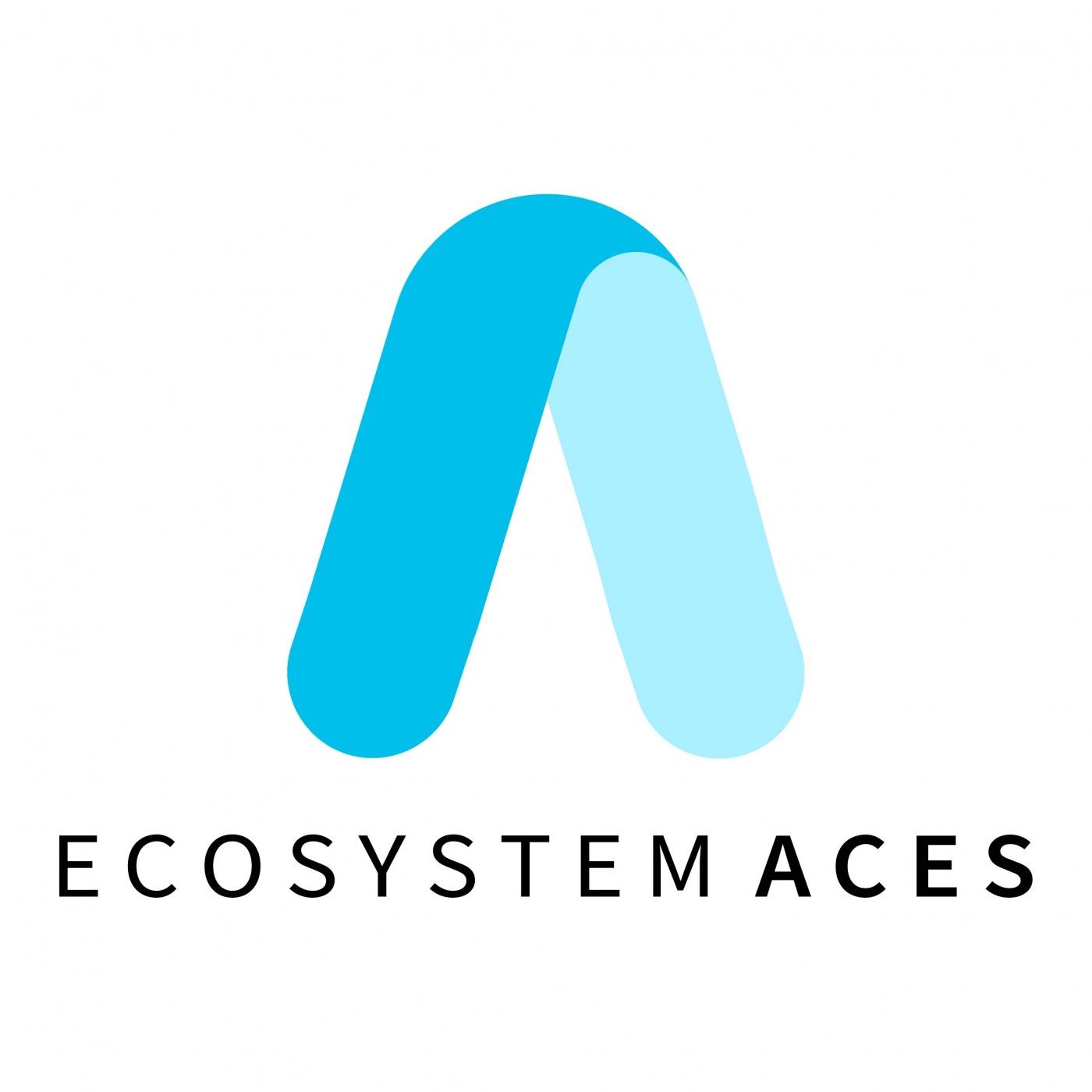- After-Shows
- Alternative
- Animals
- Animation
- Arts
- Astronomy
- Automotive
- Aviation
- Baseball
- Basketball
- Beauty
- Books
- Buddhism
- Business
- Careers
- Chemistry
- Christianity
- Climate
- Comedy
- Commentary
- Courses
- Crafts
- Cricket
- Cryptocurrency
- Culture
- Daily
- Design
- Documentary
- Drama
- Earth
- Education
- Entertainment
- Entrepreneurship
- Family
- Fantasy
- Fashion
- Fiction
- Film
- Fitness
- Food
- Football
- Games
- Garden
- Golf
- Government
- Health
- Hinduism
- History
- Hobbies
- Hockey
- Home
- How-To
- Improv
- Interviews
- Investing
- Islam
- Journals
- Judaism
- Kids
- Language
- Learning
- Leisure
- Life
- Management
- Manga
- Marketing
- Mathematics
- Medicine
- Mental
- Music
- Natural
- Nature
- News
- Non-Profit
- Nutrition
- Parenting
- Performing
- Personal
- Pets
- Philosophy
- Physics
- Places
- Politics
- Relationships
- Religion
- Reviews
- Role-Playing
- Rugby
- Running
- Science
- Self-Improvement
- Sexuality
- Soccer
- Social
- Society
- Spirituality
- Sports
- Stand-Up
- Stories
- Swimming
- TV
- Tabletop
- Technology
- Tennis
- Travel
- True Crime
- Episode-Games
- Visual
- Volleyball
- Weather
- Wilderness
- Wrestling
- Other
Rob Spee: The Challenges of Transforming Your Organization to an Ecosystem Model
The hardest part of creating an ecosystem environment is making sure all of the players understand the broader vision. Successfully building this innovative environment can create loads of new opportunities in addition to new forms of data analytics. <br /><br />Transforming your organization to an ecosystem model requires that you first have an idea of where you are today - and then develop a vision and roadmap for where you want to be. <br /><br />Creating an ecosystem-led organization begins with breaking down the transaction-based mindsets of partners and your own organization, and accepting and understanding major cultural changes takes ample time and dedication. A step further, this leads to identifying potential players from your ecosystem of partners that could improve the customer experience and analyzing the value that each partner brings to the table.<br /><br />To get to an established ecosystem, a well-defined plan, accurate data and supportive leadership create opportunities to get there. Innovating, marketing, selling and delivering together with partners drives solid outcomes for the entire ecosystem — and the customer. <br />Rob Spee, SVP, Global Channel and Alliances at BeyondTrust, joins to discuss the advantages and difficulties of adopting an ecosystem environment. <br /><br />Join us as we discuss: The pre-phase: helping partners understand the value of ecosystemsForming an ecosystem environment from transaction-based partnersMaking stronger and stickier solutions with partners The importance of accurate reporting in building trust with ecosystem leaders<br />Here are some additional episodes featuring other ecosystem leaders that might interest you:<br />#164 Jason Eichenholz: How Wipro Accelerated Revenue Growth with Their Ecosystem#156 Libby Greco: Get Out There and Break The Glass#154 Suresh Kumar Tulluri: Is Your Roadmap Future Proof?#152 David La Rose: Strengthening Partner Commitments In The Ecosystem Era#151 Mike Stocker: Close 40% More Deals with Partner Influence<br />Links & Resources<br />Learn more about how WorkSpan helps customers accelerate their ecosystem flywheel through Co-selling, Co-innovating, Co-investing, and Co-marketing.Download The Ultimate Guide to Drive Co-sell Partnerships!Subscribe to the Ecosystem Aces Podcast on Apple Podcast,

